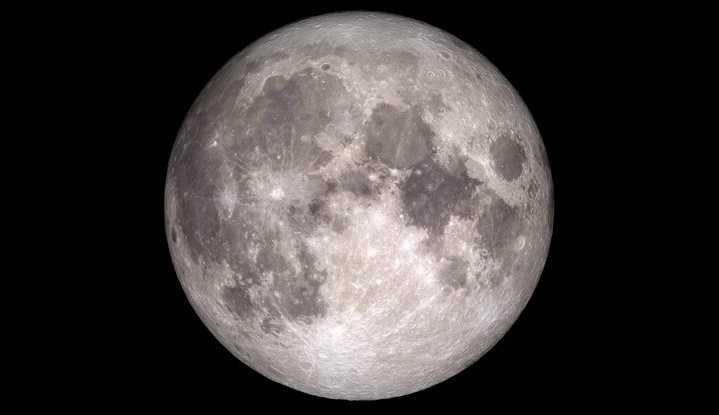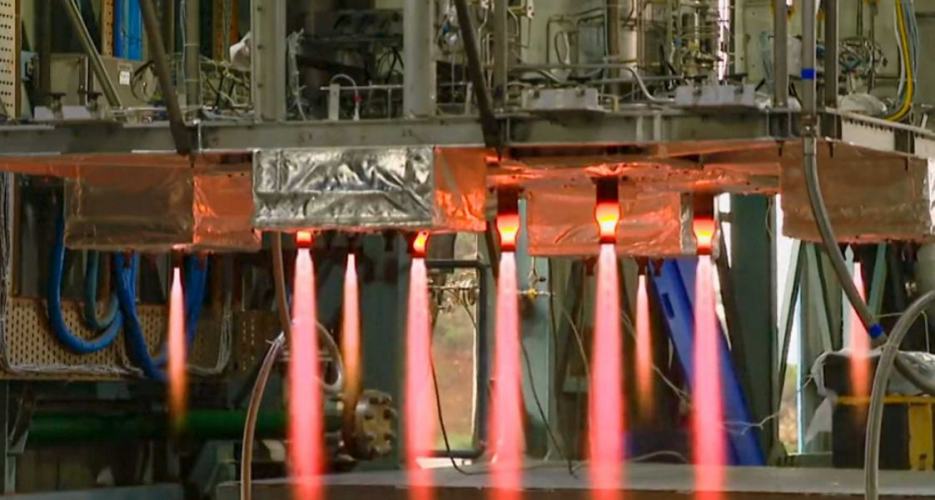
BENGALURU (PTI): The Indian Space Research Organisation is almost ready with XPoSat (X-ray Polarimeter Satellite), the country's first dedicated polarimetry mission to study various dynamics of bright astronomical X-ray sources in extreme conditions, Chairman Somanath S has said.
He said preparations are underway for the Aditya-L1 mission to study the Sun, adding that discussions are on to create a satellite to study extrasolar planets (exoplanets) as well.
"We are also discussing missions to the Moon further for landing," the ISRO chief, who is also the Secretary of the Department of Space, said on Thursday in his inaugural address to the Space Science Technology & AwaReness Training (START) programme 2023, being held virtually.
ISRO launched the Chandrayaan-3 mission to the Moon on July 14.
"I am sure that you will find something very substantial through this (Chandrayaan-3) mission as far as science is concerned," he said.
"We are also preparing for the mission to understand and study the Sun through this Aditya-L1 mission, and the X-ray polarimeter satellite is almost ready and we are hoping for its launch to understand stars better," Somanath said.
He said discussions are on regarding missions to understand other planetary objects like Venus, and on how to create a satellite to study extrasolar planets (planets outside the solar system).
According to ISRO officials, the national space agency headquartered here, the XPoSat will carry two scientific payloads in a low earth orbit.
The primary payload POLIX (Polarimeter Instrument in X-rays) will measure the polarimetry parameters (degree and angle of polarization) in medium X-ray energy range of 8-30 keV photons of astronomical origin. The XSPECT (X-ray Spectroscopy and Timing) payload will give spectroscopic information in the energy range of 0.8-15 keV, they said.
Aditya L1 will be the first space based Indian mission to study the Sun.
The spacecraft is planned to be placed in a halo orbit around the Lagrange point 1 (L1) of the Sun-Earth system, which is about 1.5 million km from Earth.
A satellite placed in the halo orbit around the L1 point has the major advantage of continuously viewing the Sun without any occultation/eclipses. This will provide a greater advantage of observing the solar activities and its effect on space weather in real time, according to ISRO.
The spacecraft carries seven payloads to observe the photosphere, chromosphere and the outermost layers of the Sun (the corona) using electromagnetic and particle and magnetic field detectors, the space agency said.
Using the special vantage point L1, four payloads directly view the Sun and the remaining three payloads carry out in-situ studies of particles and fields at the Lagrange point L1, thus providing important scientific studies of the propagatory effect of solar dynamics in the interplanetary medium.
"With the successful completion of this hot test, the SMPS has advanced in demonstrating its integrated performance in the full configuration. Moving forward, ISRO has scheduled five additional tests to demonstrate both nominal and off-nominal mission scenarios, reinforcing the rigour of testing and the commitment to mission success," the space agency said.
 Previous Article
Previous Article Next Article
Next Article













The Indian Air Force, in its flight trials evaluation report submitted before the Defence Ministry l..
view articleAn insight into the Medium Multi-Role Combat Aircraft competition...
view articleSky enthusiasts can now spot the International Space Station (ISS) commanded by Indian-American astr..
view article